Content by Ryan E. Day

Wed, 02/05/2020 - 12:02
Lean: an employee-championed method of waste reduction. Six Sigma: a robust method of defect reduction. Embracing both methods provides organizations with multiple tools for continuous improvement. Developed for manufacturing, lean Six Sigma has now…
Wed, 02/05/2020 - 12:00
Lean looks at ways to reduce waste and improve flow. The principles are relevant to virtually every organizational sector and vertical. It’s no surprise, then, that so many organizations tout lean and devote resources to lean initiatives. But, too…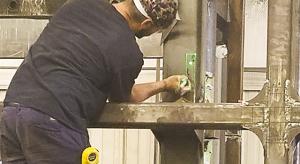
Mon, 01/20/2020 - 12:03
With more than 300 employees headquartered in a modern 150,000+ sq ft facility, Plasser American Corp. (PAC) manufactures top-quality, heavy railway construction and maintenance equipment for customers in North America. To stay competitive with…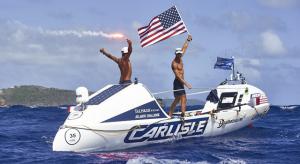
Thu, 01/09/2020 - 12:03
“Before I do the things I do, people call them ‘impossible.’ After I’m done, they call them ‘crazy.’ I call them ‘world records.’” —Jason Caldwell, author of Navigating the Impossible
Books on leadership can be dry or boring. Not so with Navigating…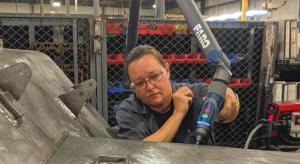
Wed, 12/11/2019 - 12:03
Headquartered in Grand Rapids, Michigan, Plasan North America (PNA) manufactures metal, composite, and ceramic-composite components for defense and commercial applications. PNA brings decades of process experience to bear in creating the world’s…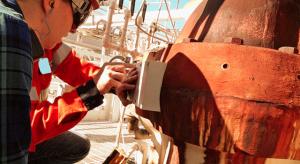
Wed, 11/13/2019 - 12:03
Headquartered in Houston, Texas, Dimensional Engineering was born on the back of a dream, a major contract from an aircraft manufacturer, and a process developed specifically to fulfill that project. Dimensional Engineering has steadily grown to…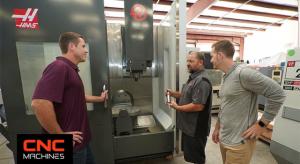
Thu, 10/03/2019 - 12:02
Every year, Manufacturing Day brings attention to the career path that has financed millions of growing families throughout the decades—including mine. This attention also recalls the ongoing shortage of people to fill the thousands of available…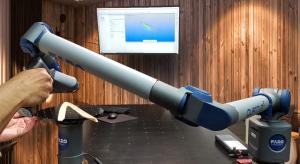
Wed, 09/18/2019 - 12:03
For more than 50 years, Tri-State Plastics has been honing its skills in thermoforming, CNC machining, die cutting, assembly, and fabricating plastic parts for government and military applications. A restructuring of company ownership saw the…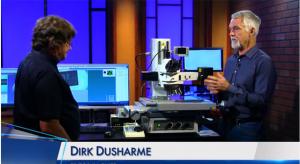
Tue, 09/17/2019 - 13:54
The pressure of global commerce has forced manufacturers to provide higher quality products at lower prices. Investing wisely in industrial inspection solutions has never been more crucial. Quality control, once perceived as a cost-center, has…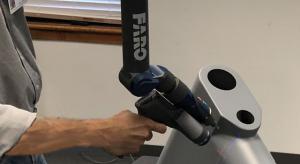
Wed, 08/21/2019 - 12:03
Although certification to major standards is often the threshold to winning next-level contracts, it is when your organization synthesizes the standard’s values that real payoff is realized. Chief among those values is customer satisfaction.…